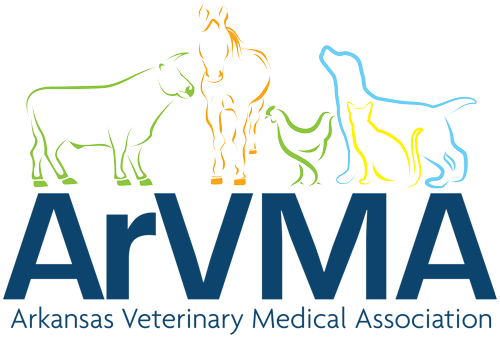Veterinary Technician Oath
I solemnly dedicate myself to aiding animals and society by providing excellent care and services for animals, by alleviating animal suffering, and by promoting public health.
I accept my obligations to practice my profession conscientiously and with sensitivity, adhering to the professions Code of Ethics, and furthering my knowledge and competence through a commitment to lifetime learning.
The Role of a Veterinary Technician
Veterinary technicians primarily function as professional technical support to veterinarians, biomedical researchers, and other scientists. Through the 1950s, veterinarians trained their own employees, delegating routine tasks and procedures as they saw fit. These on-the-job trained individuals were designated animal assistants, animal attendants, and veterinary assistants and were trained to meet the needs of an individual practice. If people wanted to move to another practice, they would have to start over again being trained in the ways of the new practice.
To meet the technical demands of an expanding veterinary profession and a more mobile population, formal academic programs started appearing in the 1960s. Today there are over 100 veterinary technology programs in the United States that educate veterinary technicians. In order to maintain a standard of excellence these programs are accredited by the American Veterinary Medical Association. The course of study in these programs entails at least two academic years, leading to an Associate of Science or equivalent degree with four-year Bachelor of Science degrees available at some institutions. During high school, would-be veterinary technicians are encouraged to enroll in college preparatory courses in science, math and English.
In today’s fast-paced, high-tech world, veterinarians and other scientists must maintain high standards of animal care. The veterinary technician can be an enormous help. The technician possesses the skills to handle many aspects of patient care, as well as many laboratory procedures.
Technical Duties
Examples of the areas of responsibility qualified veterinary technicians are educated to assume include:
- Physical Examination and Patient History
- Client Education
- Caring for the Hospitalized Patient
- Administration of Medication and Vaccines
- Clinical Laboratory Procedures
- Dental Prophylaxis
- Radiology
- Anesthesiology
- Surgical Assisting
- Office/ Hospital Management
- Biomedical Research
In addition to many of the above areas of responsibility, veterinary technicians in research may also: supervise the operation of research colonies and facilities assist in the design and implementation of research projects.
Career Opportunities
The first job for about 85% of graduate veterinary technicians is in a private veterinary practice, with companion animal practice leading the list. However, the demand for veterinary technicians in other fields is rapidly growing. Opportunities exist in the following areas:
- Teaching
- Military Service
- Humane Societies
- Herd Health Managers
- Industry
- Biomedical Research
- Diagnostic Laboratories
- Zoo/Wildlife Medicine
- Veterinary Supplies Sales
- A Regulated Profession
In approximately 40 states and provinces, veterinary technicians are certified, registered, or licensed. Candidates are tested for competency through an examination which may include oral, written, and practical portions. This process is regulated by a State Board of Veterinary Examiners, or the appropriate state agency. State Regulations for Veterinary Technician Registration. Practice acts, legislated by states and provinces, often define the responsibilities of the veterinary technician. These responsibilities and duties are dependent in part on the type of employment the individual chooses.
Distance Learning Programs
Distance Learning Programs allow you to continue to work and have a life while still attending college. The American Veterinarian Medical Association Committee on Veterinary Technician Education and Activities (CVTEA) has a list of accredited programs.
